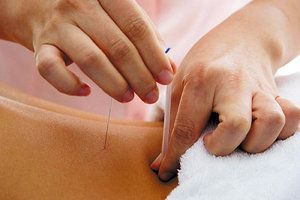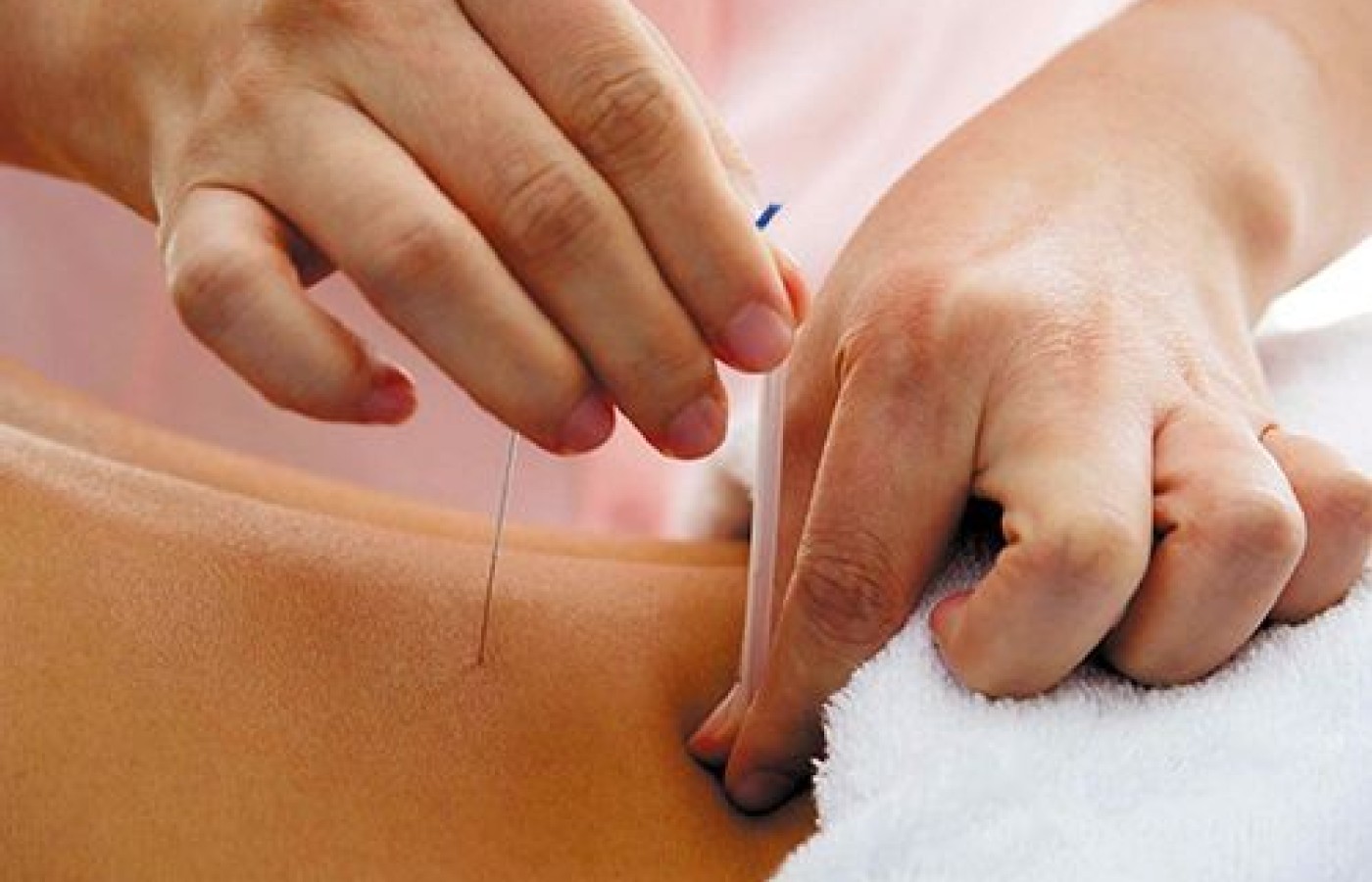Whether you accept it, avoid it or live somewhere in between, insurance coverage has become a defining issue for our profession. Patients increasingly expect to use their benefits, practitioners want to be compensated fairly for their time and expertise, and the system itself remains – at best – fragmented. The encouraging news is that coverage has expanded in meaningful ways. The challenging news is that reimbursement, across the board, remains inadequate.
Managing Patient Expectations About Acupuncture
Last year, I attended the Pacific Symposium in San Diego for the first time in six or seven years. It was the 25th anniversary of this event, and on one evening there was a panel discussion with the title; "What is Qi?." A topic that had been discussed by a panel 25 years earlier at the first symposium, and some of those on this panel, had been on that panel.
The discussion was quite interesting and lively at times, as members of the panel expressed their particular understanding of this basic concept in the medicine that we practice. At the end of the discussion, the floor was open for questions and answers. One attendee posed this question: "What is a short answer that you can give to a patient when they ask ‘how does acupuncture work?." The answer to which several panel members responded with answers that were good, but unsatisfactory to my mind and ear, and so I stepped to the microphone to give my answer.
My answer to this question, I realized, centers on managing patients expectations, this is fundamental to how I work with people. It provides a sense of safety, which we all need to heal. So, I responded to the question saying that after 30 years of practice, the best way I have come to explain acupuncture to a person here in the West, is this:
The skin is the border to your country. And when the skin gets broken, the body sends out troops. First, a blood clotting factor gets released, so you don't bleed to death. Then there is a knitting factor that gets released to begin knitting the skin back together. Some white blood cells get sent to the area, to make sure that infection doesn't spread into the body. There is an increase in the production of cells to form new skin, we call it a scab or scar tissue. An analgesic gets released to reduce pain and stop you from going into shock. And after a day you have a little thin scab. And after a couple of days it is thicker, and then after a week or so it goes away, and we have nice normal tissue again. This happens automatically. Sometimes we look down and there is a scab and we don't even remember doing anything to cause it. So the body has done it without our thinking about it. This indicates that we have a system inside of us, that is always there taking care of us. All we are doing is tapping into that system, and marshaling it into action for you. We break the skin, but in some specific sites, that then marshals that system into action for you. That is acupuncture in a nutshell.

Even the surgeon who cuts you, depends upon what is referred to in Western medicine as the "primary healing system." Primary meaning, first, as in the first wave of defense. The surgeon knows, and depends upon the fact that when he or she cuts the body, it will mend itself back together.
If time allows and there is further interest on the part of the person/patient, the next question may be about these meridians. I will begin to explain the channel/meridian system in this way:
Think of a map of the city and one normally thinks of a road map with all the streets and intersections laid out. And that is one type of map of the city, (whatever city you are practicing in). Now think of a "topographical map of the city." And, in it you see the hills and valleys, rivers and lakes, peaks and streams. It is the same terrain or territory, but you are getting totally different information about it. The first map, the road map, can be compared to what we, you, I, and the Western doctors know about the anatomy of the human body. The second map or topographical map is what we, as acupuncturists, are looking at when we see the body. This is what we call the meridians or channels of the body. They are interconnections within and of the same territory, but with different information than what the road map provides. These are the connections to that primary healing system.
You may be familiar with the old song. "The toe bone connected to the foot bone, and the foot bone is connected to the ankle bone." Well, as I tell my patients - that is true, and that is the way we see the body.
Patients usually get this and respond with a "wow, I never had it explained that way before," or a similar statement.
Next I will let the patient know what they may experience when I needle them. I say: "There are about five sensations that you can feel with acupuncture. When I first put the needle in, there may be a slight prick, like plucking a hair. Then you may feel tingling or numbing like sensation. Sometimes it will shoot like electricity, like you hit your funny bone, and that will be the most disturbing sensation, but each of these will just last a couple of seconds and be gone. And on occasion you may feel a heavy or aching sensation. These are all normal, and have been noted over thousands of years."
Before the patient leaves the treatment room, I let them know that they may feel little twitches or tingling in their bodies, over the next 24 to 48 hours, and that is just the treatment working. In addition they may feel like sleeping earlier that night. These are all normal experiences.
If you noticed I didn't mention the word qi in this entire presentation to the patient. Why? After watching 10 practitioners with over 25 years of experience giving 10 different definitions of qi, you can see why I have found it best not to use the word if I want patients to "understand" how acupuncture works. This way of explaining also allows patients to explain to their friends and family, thus expanding the uses of this wonderful medicine we are so privileged to practice.
I offer this to all practitioners as an option, that may enhance their ability to communicate and better manage patients' expectations.



